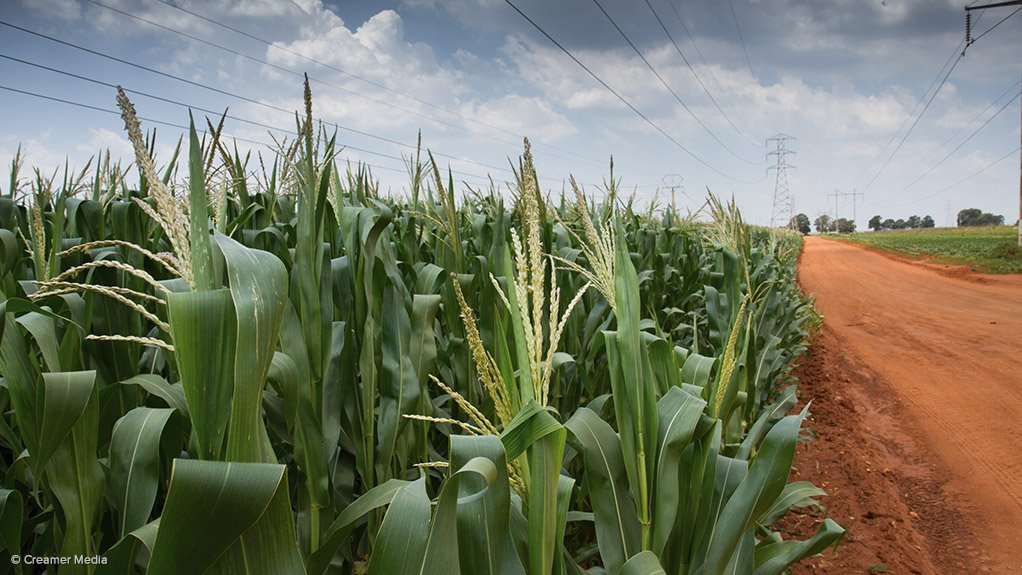Sub-Saharan Africa is the world’s most rapidly growing region. By 2050, the continent’s population will double and per capita GDP income will triple. This combination of people and prosperity means that Africa’s food needs will quadruple. We estimate that satisfying this increased demand will require at least 140 million hectares of new farmland, even if crop yields grow at the high rates predicted by the Food and Agricultural Organisation.
Meeting these needs will be a great challenge, one that will be exacerbated by growing efforts to turn Africa into a source of food and fuel for the rest of the world. Investors are acquiring large areas to grow commodity crops for export or to produce biofuels that could help satisfy Europe’s renewable fuel mandates. Some international institutions encourage this form of agricultural development.
Underlying this international interest is the notion that Africa holds a large reserve of potential croplands that could be developed with low environmental cost. This is the vast, 700 million hectare belt of savannas (a varying mixture of trees, grasses, and shrubs) that encircle Africa’s equatorial rainforests, where annual rainfall is at least 640 mm. Several studies consider these savannas to be low cost areas for agricultural expansion, based simply on the fact that they are not forests.
Fortunately, these savannas have decent farming potential. But that potential does not mean that farming them will have little environmental cost.
Research tells a different story
Our recent research shows that this assumption of low environmental cost is not valid.
We first compared potential maize and soybean yields in currently unfarmed African savannas with the carbon that will be lost when they are turned into croplands. The carbon lost per ton of crop grown measures the carbon efficiency of land, a metric that evaluates both the environmental costs and benefits of farming.

We then calculated carbon efficiencies for all existing maize and soybean farmland in the world and asked a simple question: Would Africa’s savannas be significantly (at least 1/3) more carbon efficient? We found that only 2-11% of Africa’s savannas would qualify.
We next asked, what is the potential to produce biofuels with low environmental costs? Biofuels reduce carbon released from burning oil, but turning savannas into cropland would release the carbon stored in vegetation and soils. EU biofuel standards require a net reduction of carbon emissions by half over 20 years. We found that only around 1% of savannas could produce biofuels that meet these standards.
We also found that Africa’s wet savannas have nearly as many bird and mammal species as tropical forest regions. Converting these lands would therefore lead to substantial biodiversity loss.
In short, converting Africa’s wetter savannas will have high environmental costs, which is unsurprising if we look at savannas elsewhere, such as Cerrado and Gran Chaco, which together span four South American countries. These regions have recently undergone rapid agricultural transformation, resulting in large carbon and biodiversity losses.
Lessons for Africa
Does our research mean Africa should avoid all agricultural expansion? No. But our findings have two main messages.
-
African savannas should not be considered an environmentally cheap source of new land to satisfy overseas commodity or biofuel demands. The best areas for growing staple crops should be farmed to feed Africans.
-
New farmlands should be selected according to two criteria: that they produce the most amount of food for the lowest environmental and socio-economic cost. Our work also suggests that export agriculture should focus on high value cash crops that require less land. Although Africa imports much of its staple foods, it is already a significant exporter of high value crops.
Looking ahead
If African countries adopt an approach that simultaneously considers the benefits and environmental costs of agriculture, they can mitigate many of its negative impacts. This would mean breaking from conventional development practice, but would make African countries leaders in sustainable agriculture. Can it be done?
Mostly, this will be a political choice. As a continent, Africa has a strong interest in protecting its savannas as well as its forests, because losing these areas could disrupt regional climates and other important environmental services. But each country will determine its own land use, and the degree to which such risk is avoided depends on how many nations adopt this more sustainable model in which new cropland is carefully selected and production on existing farmland is maximised. A regional pact to adopt this approach would help ensure that it prevails over the old expansionary model.
From a technical perspective, this approach will also require fine-scaled analyses to identify the most suitable lands, considering a wider range of agricultural benefits and environmental and social costs. We are developing an example in Zambia.
Doing such analyses well will require much more accurate, granular data on land use practices than are currently available. Several projects are underway that will help, such as the Africa Soil Information Service, the Geo-Wiki and Mapping Africa projects, and new efforts to improve data access, but much work is still needed.
We believe that African agriculture can follow this path. Other sectors of African economies have already defied conventional development wisdom. One example is the explosive growth of cellphone usage, which has made landlines largely irrelevant and spurred the invention of world-leading services, including ones that will greatly improve farming practices.
Such innovation demonstrates that African countries have the capacity to become global pioneers of smart agricultural development. The question is: do they have the will?
Written by Lyndon Estes, Associate Research Scholar in Science, Technology, and Environmental Policy, Princeton University and Tim Searchinger, Research scholar in ecology and economics, Princeton University
This article was originally published on The Conversation. Read the original article.
EMAIL THIS ARTICLE SAVE THIS ARTICLE
To subscribe email subscriptions@creamermedia.co.za or click here
To advertise email advertising@creamermedia.co.za or click here











